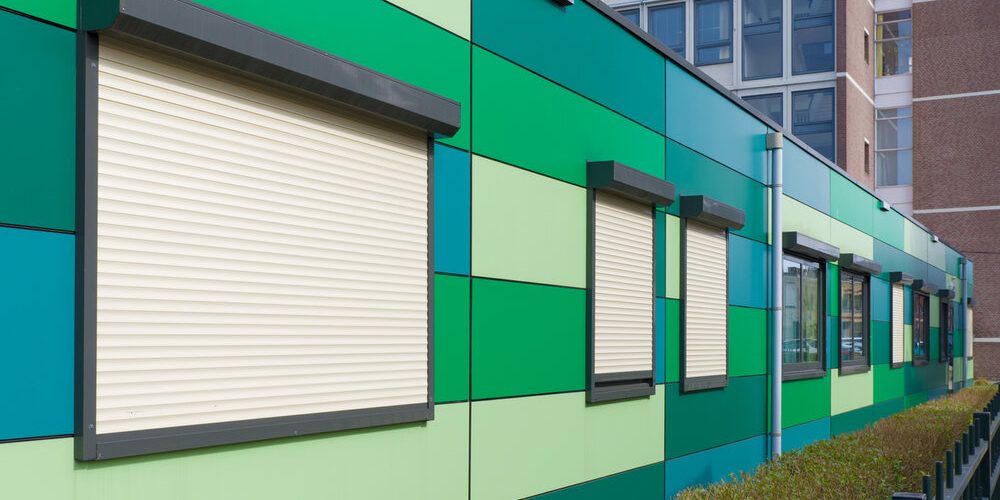Modular construction holds massive promise for the commercial real estate industry. When used the right way, modular construction models are a great alternative to traditional building methods.
What Is a Modular Construction Project?
Modular construction describes a development project where the building is constructed off-site at a manufacturing facility. While the traditional method of building erects the property on-site, a modular project is assembled in a factory setting and then transported to its permanent location.
So what is so special about this method of building? Let’s explore 3 benefits that make modular construction so appealing for commercial real estate.
Cost-Effective Strategy
In many cases, these modular factories are located outside of the country. Overseas assemblage is an effective way for commercial developers to cut some of the rising building costs that have been challenging the US’ CRE industry. The ability to lower a construction project’s budget is only one aspect of modular’s possibilities for the commercial market.
Building with Speed
Another strong perk is speed. Modular construction projects are completed much faster than a traditional on-site module. Nothing can hold up a construction agenda like paperwork. Getting building permits is never easy, especially in largely populated urban and metro areas.
However, taking the modular method largely reduces the project’s disturbance of the public peace. Since the property has been pre-built, the only on-site task is putting it together.
Boost a Project’s Investor Appeal
When it comes to wooing lenders, a construction project needs to meet deadlines and stay on budget. When it comes to taking out loans, fulfilling your word is key. Lenders expect you to actually meet the deadlines and budgets set out during the initial loan application. Developers who stray too far from the outlined plan risk being perceived as a weak borrower.
In order to meet the top lenders’ standards, modular construction is a great strategy to finish a project on time and within budget.
Once the deal is set, it’s set. Surprise issues and setbacks are far less likely when dealing with a modular building.
Popularity on the Rise — But CRE is Slow to Accept
In the last few years, modular construction has been slowly gaining momentum within the commercial real estate scene. While the trend is certainly growing, it’s nowhere near its peak capacity yet.
As with any new way of doing things, it takes time for the industry to give it a chance. After all, commercial real estate is known to be hard to budge. Experts expect it will still take a while for CRE to catch on.
Mitch Lund, Seattle’s construction-risk advising firm Fulcrum, told Bisnow:
“From an industry acceptance standpoint, the developers and lending community need to be familiar and comfortable with this technique… Many developers and lenders are comfortable with traditional construction and they know the risks to look for. With modular, it’s all the same but there’s additional risks.”
However, some big players in the industry have already begun working with modular construction. It’s being implemented in California’s big metros – specifically for the hospitality and multifamily developments.
@2023 NAI Latter & Blum | Powered by NEWMEDIA

